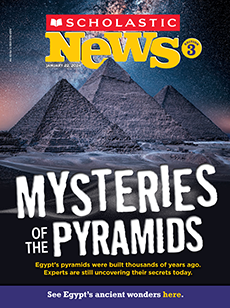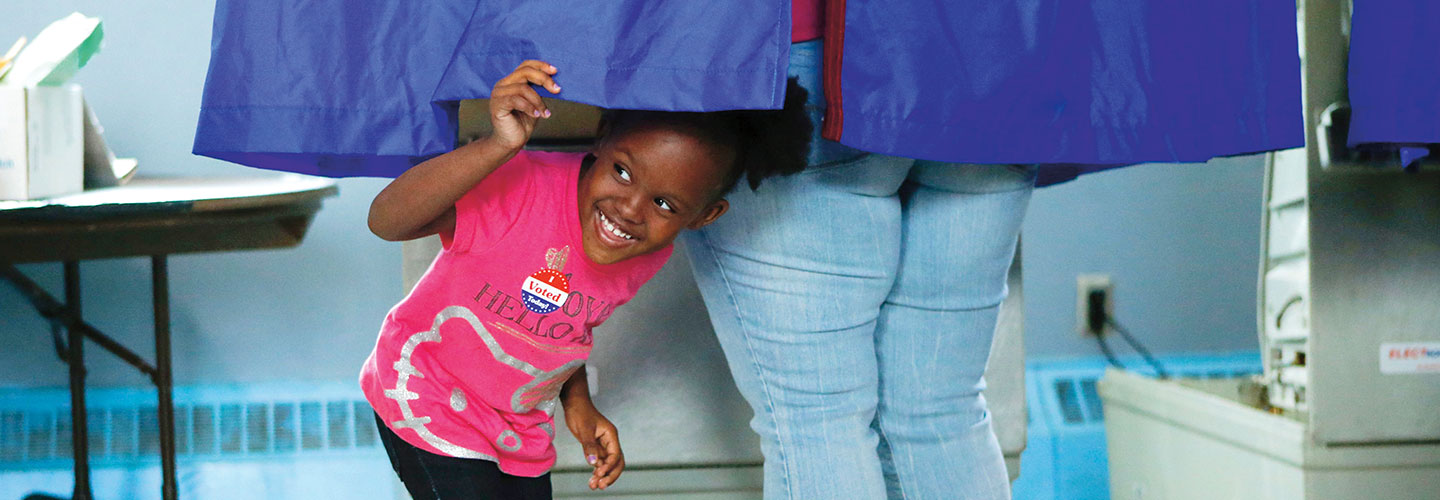This is an edited version of an article that originally appeared in the November 5, 2018, issue of Scholastic News Edition 3.
This is an edited version of an article that originally appeared in the November 5, 2018, issue of Scholastic News Edition 3.

